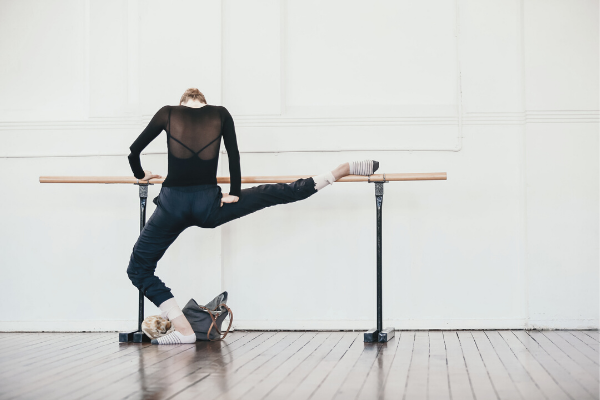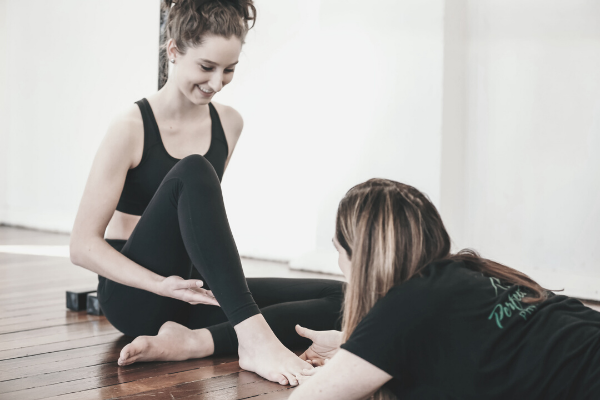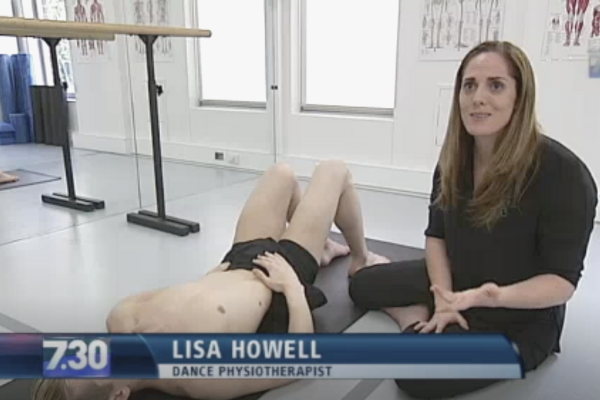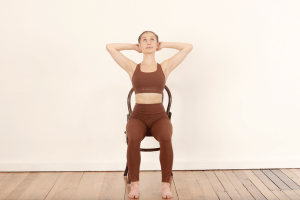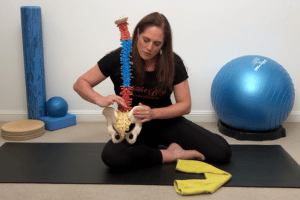Core Training for an Over Cracked Back!
Many people crack their back frequently, to ‘release tension’ and to ‘make it feel better’ however frequent manipulation of the low back can actually cause further problems. This article explains why over an over cracked back can be dangerous, and discusses how to build a stronger spine!
Hi Lisa,
Thanks for responding so quickly about the FSF program, which I am loving by the way. I have a question:
I am a pretty knowledgeable yogi, and I tend to have sensitivity in the lower back, especially in lunges, and handstands. I am trying not to crack my back in reclining twists now, but I now notice it’s my lower back that tends to crack. I am working to lengthen my Quads and Psoas, which historically have been especially tight and resistant to release. I am massaging Psoas now, which appears to be working! Love the tennis ball stuff in FSF, too! But I wonder if your Core Stability program is in order for me? I do Forrest Yoga, which is known for some pretty interesting core exercises intended for deep core, but I wonder if your core program has something different- more subtle perhaps? What I love about FSF is how it is really helping to inform my yoga in a way I wouldn’t get otherwise. Would the Core Stability program be similar to a yogi in that regard?
What do you think?
Warmly,
-Brian.
Dear Brian
Thank you so much for your email, and it’s great to hear that you are going well with the Front Splits Fast Program.
I am a big yoga devotee myself and believe that it is a wonderful way to continually assess, condition, and train your body. Each style of yoga has different things to offer so I will have to research Forrest Yoga to give you more feedback on any specific exercises.
However, in regards to your question about our Core Stability Program,.. yes!!! The program is a great adjunct to any core training, and especially if you have a tendency to crack your back. (It’s great that you are avoiding this more now!) When we have had a history of repeatedly cracking our back (yes, I was guilty of this for many years to..) often the ligaments in our low back can get stretched out. This means that these joints can become very unstable, especially if you always crack your back in just one place.
When the low back becomes unstable you will often notice sensitivity in the low back, especially with any backbends, lunges, or handstands as you describe. You will often also find it hard to sit up straight for extended periods of time and may find that you get fatigued when standing for long periods. This often occurs when the deepest muscles in the core (Multifidus, Transversus Abdominis, and your Pelvic Floor) are not working correctly. These muscles are designed to work at a very low intensity, but for long periods of time, to stabilise the low back, and problems start when they are not performing this role.
These videos that I created should help explain this in a bit more detail...
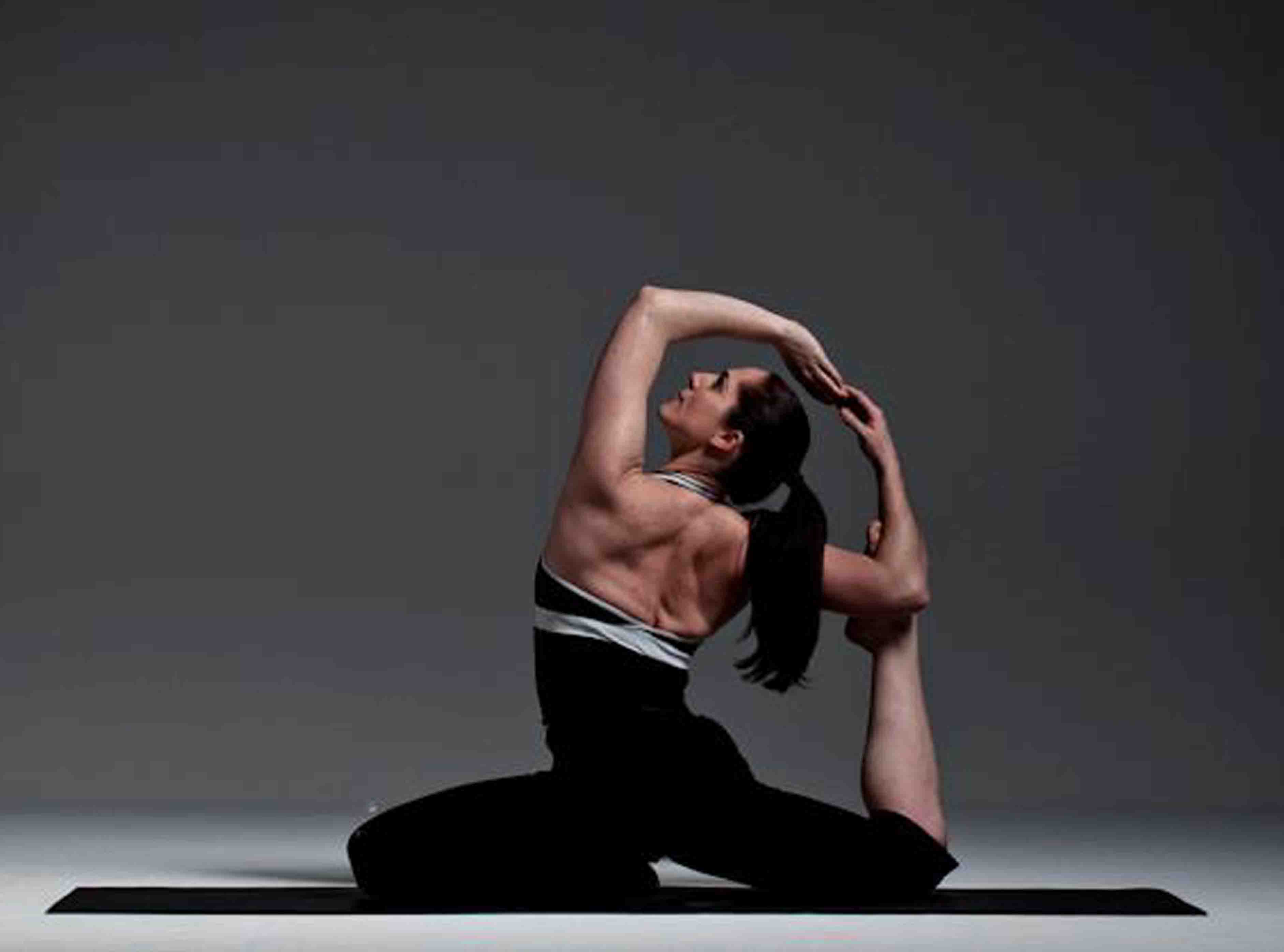
When these muscles are not working properly (due to weakness, pain, or injury) the bigger muscles of the back attempt to replicate this stabilising role. Unfortunately, all the big back muscles (Erector Spinae, Lattissimus Dorsi, etc) are not physiologically designed to be on for sustained periods of time. Therefore, if they are attempting to hold you in a position for a long period of time they become very tired, stiff, and often sore. When this is happening you will often feel that you want to crack your back or have a back massage to release tension in the lower back.
While avoiding cracking your back is a good start, it is also essential to start a tailored training program to really strengthen the deepest lower back muscles. This will help avoid the need to crack your back at all! (Believe me, I used to want to crack my back all the time!).
Most programs work on the deep abdominal muscles alone. I personally worked on this kind of exercise for years before I discovered that the real secret is in training the deepest back muscles to restabilise the spine, especially in Hypermobile individuals who have been cracking for years.
Our Core Stability Program works to train these very deep muscles in a very subtle way, and then build this back into your training. Strengthening the deepest layers in isolation helps to take the load off the bigger back muscles, which in turn will enhance your flexibility and control in yoga, and life! The program starts off with some very subtle exercises, but then builds into a more demanding program, once the basic activation ideas have been achieved. We do now have the coursebook available on our online store, so please CLICK HERE if you would like to order a copy.
I hope this helps you with your training, and please let me know if I can help in any other way!
Kindest Regards,
Lisa Howell
Core Resources
If you are looking to delve deeper into this topic, check out the following programs:
- A New Approach to Core Stability: This program approaches Core Stability training in a completely new way. Using a simple visual chart comprising of 5 different positions (Lying, Side Lying, 4 Point, Sitting and Standing) and 5 different grades, you can work your way through the entire program at your own pace, layering levels of stability to achieve ultimate dynamic control of the spine and pelvis.
- Level One Dance Teacher and Therapist Training: This unique course covers a multitude of assessment and treatment techniques to individualise a dancer's training. With special focuses on Postural Control, Core Stability, Flexibility, Basic Classical Technique, The Dancers Hip, Allegro, Spinal Mobility and Arabesques, it is suitable for anyone working closely with dancers.



